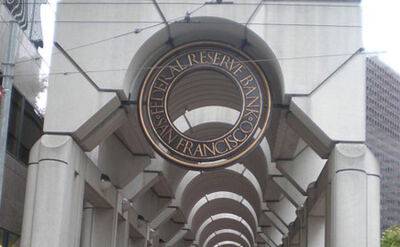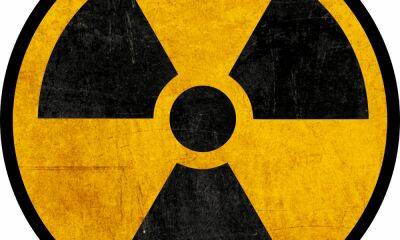Climate crisis brings whiff of danger to French perfume capital
W hen heatwaves used to hit the French town of Grasse, the perfume capital of the world, townspeople didn’t water their flowers. Instead, they marched along the town’s cobblestone streets, in a procession towards the church.
“They were calling for rain from the spirits,” says Carole Biancalana, a fourth-generation perfume flower producer whose grandmother participated in the rain ceremonies. “But I don’t think this procession would cut it in today’s climate.”
Since the 17th century, Grasse has been known worldwide for its fragrant flowers. Situated just inland from the French Riviera, Grasse enjoys a microclimate that allows fields of may rose, tuberose, lavender and jasmine to blossom. Today, the region produces flowers for some of the world’s biggest luxury brands, including Dior and Chanel, who spend significant amounts on raw materials from the region – Grasse’s jasmine sells for a higher price than gold.
Around the world, Grasse’s producers are recognised as leaders in the industry: in 2018, Unesco placed the region’s perfume culture on its intangible cultural heritage list.
But climate change is threatening this tradition. Extreme weather patterns such as droughts, heatwaves, and excessive rainfall have made growing flowers increasingly difficult. Last summer, Grasse faced extreme droughts, resulting in some producers losing nearly half of their harvest. High temperatures affect the future quality of roses and prohibit some flowers, such as tuberose, from growing. Biancalana felt these impacts directly: this year, her tuberose harvest dropped by 40%.
“The elders here keep telling us there are no more seasons,” says Biancalana, noting that winters are now warmer, with unseasonal cold spells in the spring. She jokes: “We
Read more on theguardian.com



















